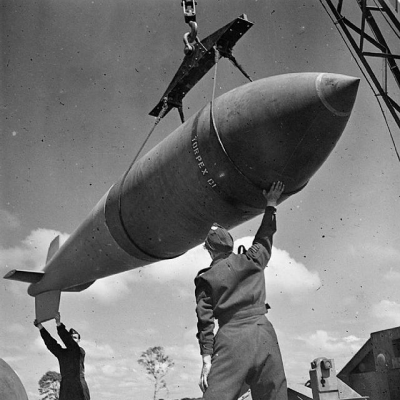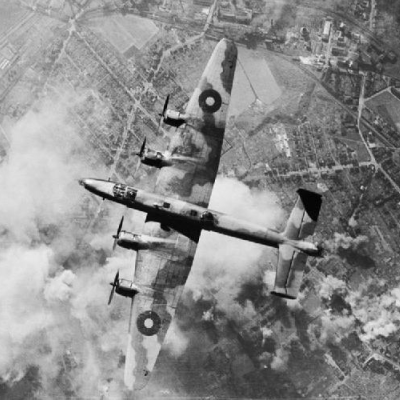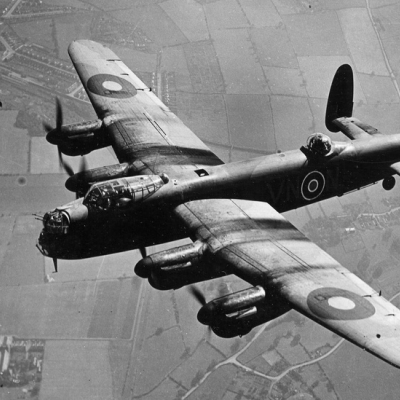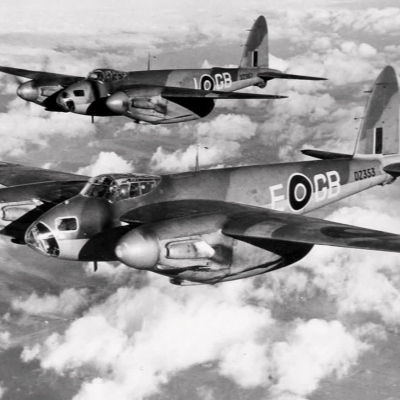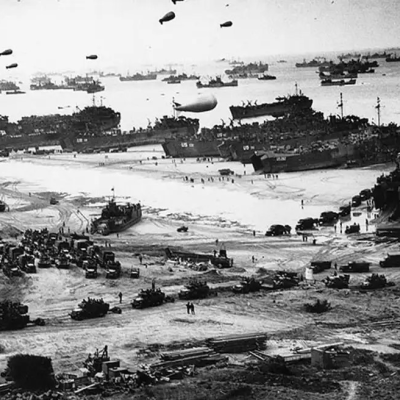Operations
Operations
The First Tallboy
Just days after D-Day, the first 12,000-pound ‘Tallboy’ bombs were dropped by No.617 Squadron on a railway tunnel near Saumur, in an effort to block the tunnel and prevent the railway line from being used by German reinforcements being transported to the invasion area.
Return to Daylight Operations 1944
With the successful landings on Normandy, daylight operations would now become a realistic option for Bomber Command, with those into France capable of being supported by fighters. Aircraft, and sometimes even crews could be tasked with two operations in one 24-hour period.
After D-Day
D-Day marked the beginning of the liberation of Western Europe, but if Germany was to be defeated the campaign had to succeed beyond the initial landing on Normandy beaches. Bomber Command had a critical role to play to limit Germany’s ability to counterattack against the Allies if Operation Overlord were to succeed.
Mosquitos to Berlin – 1943
The De Havilland Mosquito was a remarkable aircraft, probably the most versatile of those in RAF service, in Bomber Command or elsewhere. Their capability to strike deep into enemy territory was well demonstrated in a remarkable raid, where they reflected the nature of their insect namesake – making a real nuisance of themselves.
Nuremberg 1944 – the heaviest losses from one Bomber Command mission
On the night of 30/31 March 1944, RAF Bomber Command suffered its heaviest losses during a single raid. Targeting the Bavarian city of Nuremberg, a total of 545 British and Commonwealth airmen were killed from ninety-five aircraft lost, some 12% of the aircraft flying the operation. A further 157 airmen became POWs.
New Zealanders on D-Day
The landings on the Normandy coast were made mainly by American, British, French and Canadian troops. But many Kiwis were serving with the Allied forces in the air and at sea and were directly involved on D-Day. They were witnesses to one of the decisive events in history.
